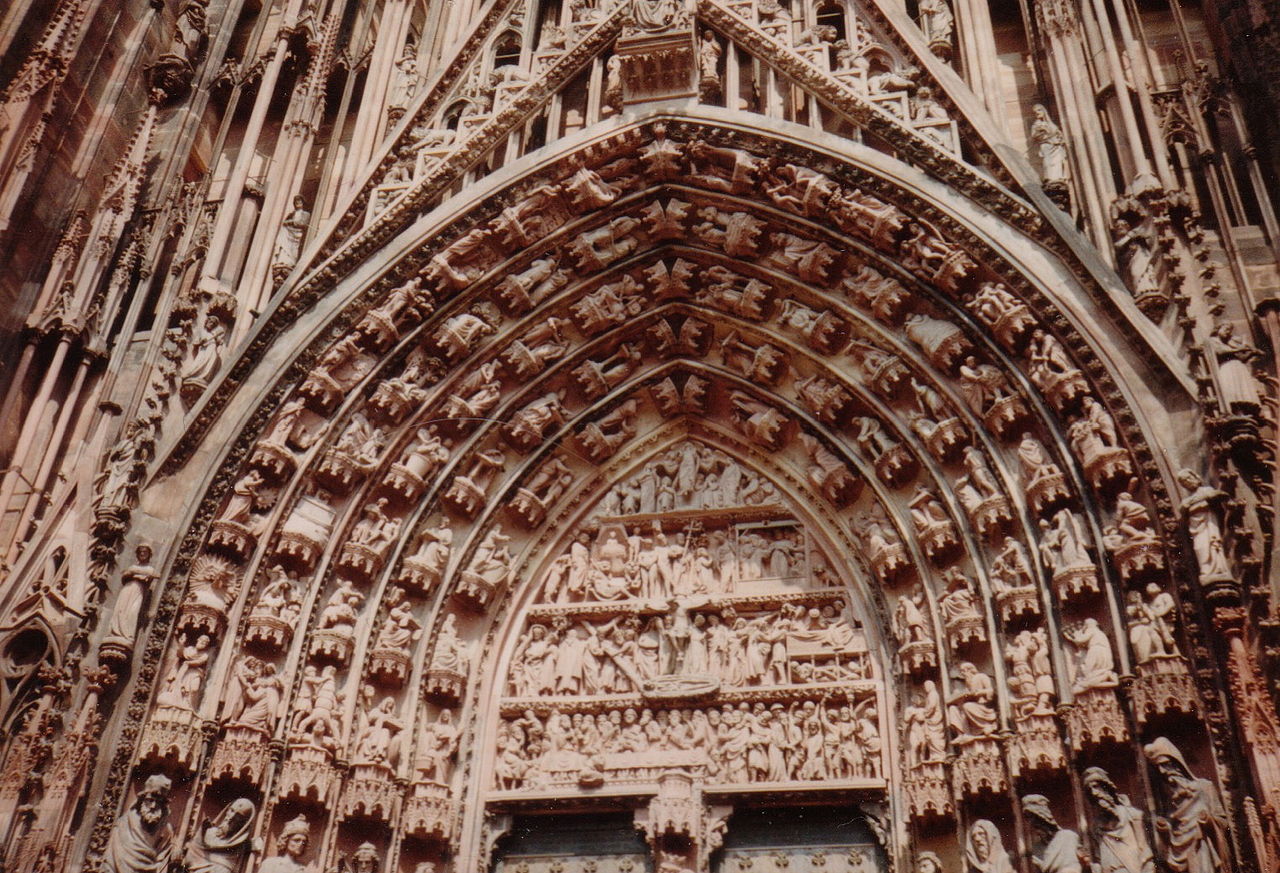Text from The Saint Andrew Daily Missal,
unless otherwise stated.
Saint Albert the Great.
Bishop, Confessor and Doctor of The Church.
Feast Day 15 November.
Double.
White Vestments.

Saint Albert the Great
(Albertus Magnus)
Artist: Tommaso da Modena (1326–1379).
Date: 1352.
Current location: Chiesa di San Nicolò, Treviso, Italy.
Source/Photographer: Kapitelsaal des ehemaligen Dominikanerklosters San Niccolò in Treviso.
First uploaded by sv:Användare:Lamré to Swedish Wikipedia as sv:Bild:AlbertusMagnus.jpg.
(Wikimedia Commons)
Saint Albert the Great
(Albertus Magnus)
Illustration: RELEASING THE ARROW
Born in Swabia, Bavaria, Germany, circa 1200, Albert, even as a child, loved The Blessed Virgin in a special manner. He resolved to enter The Order of Saint Dominic, but, tempted by the devil, he gave up the idea.

The following Text is from Wikipedia - the free encyclopaedia.
Albertus Magnus, O.P. (circa 1200 – 15 November 1280), also known as Albert the Great and Albert of Cologne, is a Catholic Saint. He was a German Dominican Friar and a Catholic Bishop. He was known during his lifetime as "doctor universalis" and "doctor expertus", and, late in his life, the term "magnus" (great) was appended to his name.
Ultimately, however, at the earnest entreaty and through the ardent Prayers of Blessed Jourdan of Saxony, he resolved definitely to enter The Order of Saint Dominic. He studied Philosophy at Cologne, then at Paris, where he became one of the most renowned Professors of the University.
Saint Thomas Aquinas was one of his students. He was made Bishop of Ratisbon (Regensburg) by Pope Urban IV and defended The Church against the errors of Guillaume de Saint-Amour and died at Cologne in 1280.
He was Canonised and proclaimed Doctor of The Church in 1931.
Mass: In médio, from The Common of Doctors.

The Tympanum and Archivolts of Strasbourg Cathedral,
Strasbourg, France,
with iconography inspired by
Albertus Magnus (Albert the Great).
Photo: 22 July 1989.
Source: Own work.
Author: Rebecca Kennison.
(Wikimedia Commons)
Albertus Magnus, O.P. (circa 1200 – 15 November 1280), also known as Albert the Great and Albert of Cologne, is a Catholic Saint. He was a German Dominican Friar and a Catholic Bishop. He was known during his lifetime as "doctor universalis" and "doctor expertus", and, late in his life, the term "magnus" (great) was appended to his name.
Scholars, such as James A. Weisheipl and Joachim R. Söder, have referred to him as the greatest German Philosopher and Theologian of The Middle Ages. The Catholic Church honours him as a Doctor of The Church, one of only thirty-six so honoured.













.jpg)

+(from+In+Caelo+et+in+Terra+Blog)+(2).jpg)